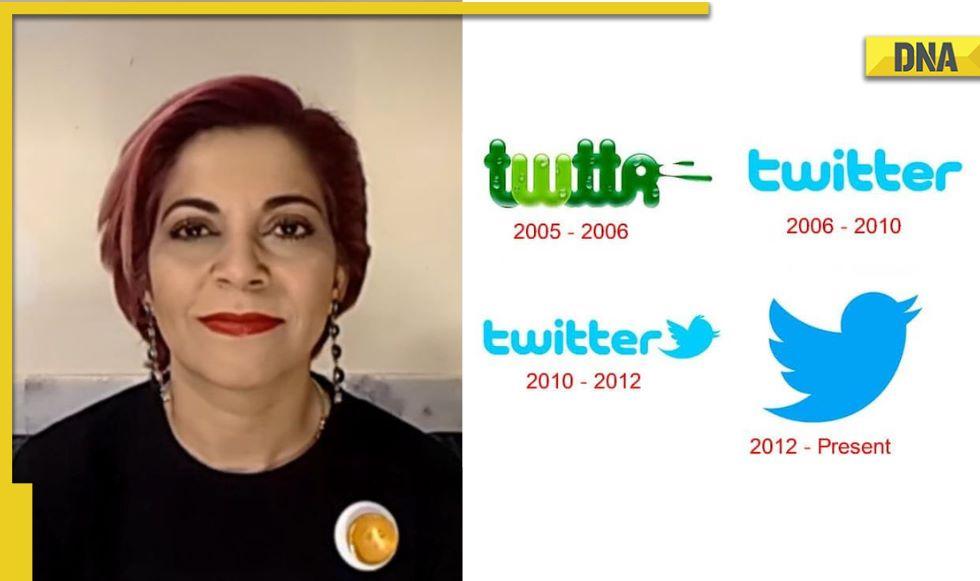
In an audacious move that surprised many, Elon Musk acquired Twitter for a staggering USD 44 million on October 28, 2022. The billionaire owner of Tesla and SpaceX immediately got to work, attempting to revitalize the ailing social media platform that until then had been unprofitable. His stark strategies have ranged from imposing massive layoffs to enforcing a grueling work schedule for the remaining staff.
Musk’s transformative ideas didn’t stop at internal restructuring; he floated the proposal of turning the platform’s blue verification tick into a paid feature at a monthly price point of USD 8. However, the plan was hastily set aside amid a flurry of confusion, as fake accounts began exploiting the verification process. This misstep has left analysts wondering whether Musk’s aggressive tactics might drive Twitter into further turmoil.
Despite its huge global presence, Twitter’s financial impact in India has been modest, contributing a minuscule portion of its overall revenue. As per Statista, India boasts approximately 23.6 million Twitter users as of January 2022, yet the revenue generated was only 0.23 percent of Twitter’s global income in FY21. Even with an 82 percent revenue increase to Rs 156.75 crore in FY22, the net result was a loss of Rs 31.84 crore for the year.
Amidst Twitter’s spiraling narrative, a conversation with India’s possible first Twitter user, Naina Redhu, sheds light on the ongoing changes and their potential consequences. Naina, a digital pioneer, began her Twitter journey in 2006, intrigued by the burgeoning internet culture and its potential for connection.
In the early days, Twitter was a close-knit community where like-minded individuals engaged in conversation, sharing insights and arranging meetups, affectionately termed ‘Tweet-Ups’. With the expansion of the platform came changes both good and bad; while the ‘Fail Whale’ is nostalgically missed, the introduction of a 280-character limit and the thread feature have diluted the pithy charm that 140 characters once mandated.
The community feel of Twitter has diminished, according to Naina, overtaken by political discourse and controversies. Yet, the blue tick, which has traditionally been a hallmark of authenticity, is now in flux as Musk’s team deliberates its fate in Twitter’s economic strategy.
When asked about the willingness of users to pay for the blue tick, Naina expresses skepticism. She challenges the value proposition of the blue tick and the Twitter Blue subscription, arguing that the platform must clarify the benefits to command a monthly fee. The comparison with Spotify’s ad-free experience highlights her contention that Twitter must enhance its offering to justify monetization.
Naina vehemently stated she would not subscribe to the blue tick, as it fails to add value to her life. While acknowledging that verified accounts bring credibility, particularly for public figures, she maintains that regular accounts also contribute significantly. Given the choice, Naina would prefer keeping her Twitter experience free of financial obligations.
As for the risk of other social media platforms following Twitter’s lead, Naina doubts the likelihood. She points out that what works for one platform doesn’t necessarily translate to another. The unique algorithms and user experiences of each platform dictate their revenue strategies.
Naina touched upon the topic of users migrating to alternative platforms like Koo or Mastodon but was confident in Twitter’s stronghold due to its established user base. She predicts that unless a mass exodus occurs or Musk dramatically mismanages, most will continue using Twitter, paid blue tick or not.
Reflecting on the surge of conversations about Twitter on the platform itself, Naina’s final thoughts resonate with cautious optimism. Intrigued by Musk’s ideas, she awaits the developments that could redefine Twitter’s future.
For a more in-depth look at Naina Redhu’s perspectives on her 16-year Twitter experience and her views on the potential implications of Musk’s leadership, watch the full interview [here].










